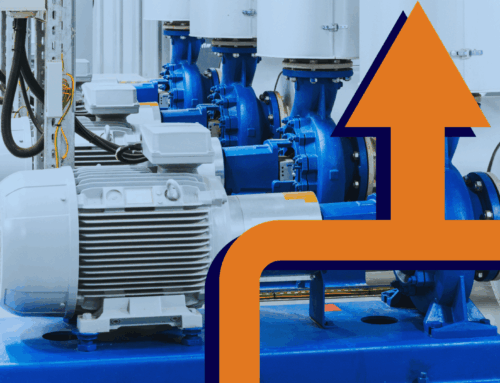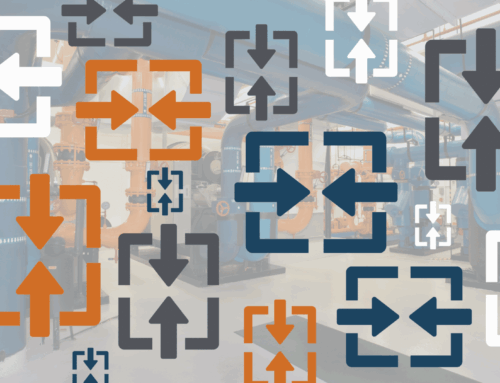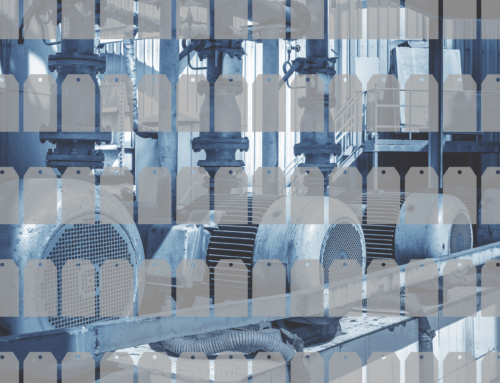Advantages of Implementing a Predictive Maintenance Strategy
A predictive maintenance (PdM) strategy helps an organization reduce the risk of losing a piece of equipment before its expected lifecycle and to improve the chances that it runs effectively and efficiently during its lifecycle. As maintenance strategies and technology have improved, organizations have been able to decrease those risks and increase those chances more. This in turn reduces both capital and operational expenditures. Beyond cost savings, organizations also benefit from improved reliability and availability.
As organizations continue to look for methods and ways to reduce costs and improve reliability, organizations have implemented predictive maintenance (PdM) strategies across their fleets and equipment. Unlike other preventive and reactive maintenance types, PdM strategy uses real-time equipment insights to determine when and if a piece of equipment needs intervention. By planning and prioritizing maintenance activities based on the actual condition, an organization can reduce unnecessary maintenance activities and reduce avoidable downtimes.
How does a PdM Strategy Reduce Unnecessary Maintenance Activities?
A PdM practice gives you a deeper insight into your facility. By having a clear understanding of what is normal operations versus abnormal operations, an organization can detect potential and hidden failures early and easily. Beyond critical assets, advancements in technology through advanced pattern recognition and machine learning allow an organization to monitor all their equipment all the time. This provides an organization greater insight into its entire operations, allowing them to prioritize maintenance activities and degraded equipment.
The ability to prioritize maintenance activities on current equipment conditions helps an organization reduce unnecessary work on equipment. An organization can categorize this unnecessary maintenance work in two ways:
- Maintenance on healthy equipment, and
- maintenance that does not address the root cause
By reducing work in both these cases, an organization can save time, money, and human resources. And these savings can be better used to reduce avoidable downtimes.
How does a PdM Strategy Reduce Avoidable Downtimes?
The days of waiting until a piece of equipment breaks to fix it are behind us. Instead, maintenance can determine the appropriate course of action based on real-time data prior to a failure. Rather than being forced to take the plant down or have equipment fail, operations and maintenance have greater lead time to address potentially catastrophic failures. With more lead time, an organization can:
- Identify the root cause of the issue,
- Ensure the necessary inventory is available, and
- Schedule the work required to eliminate the failure.
The beauty of a PdM strategy is that an organization can see equipment degradation in real-time. This insight gives them a clearer understanding of the degree of severity related to the repair or replacement of equipment. This streamlines the process of discovering impending failures and anomalies, saving organizations much-needed time and spending. Rather than react to the failure, organizations can plan for and perform maintenance on the equipment beforehand and avoid unplanned downtime.
Next Steps
Ready to implement a predictive maintenance strategy at your organization? HanAra is one click away from helping you transform your operations into a model of operational excellence. Contact us to learn how.






